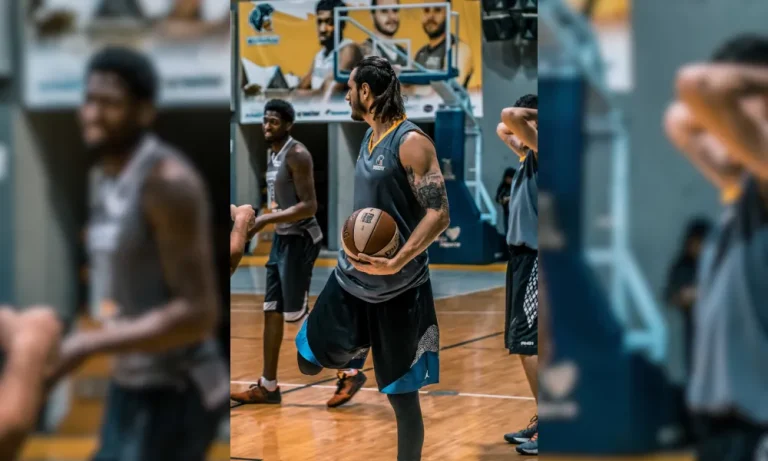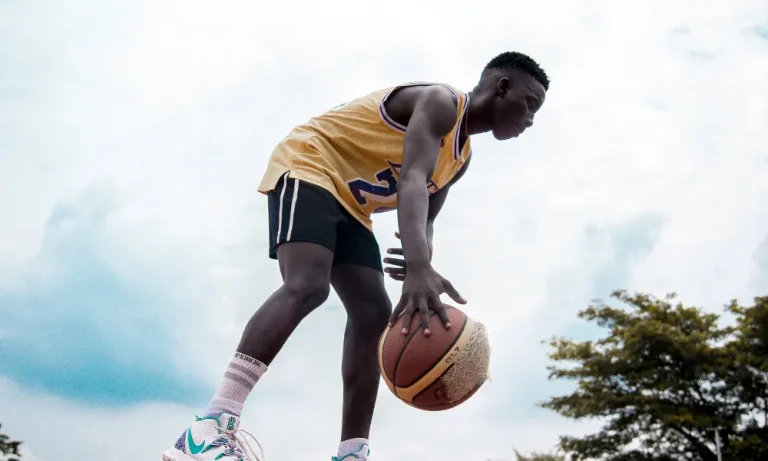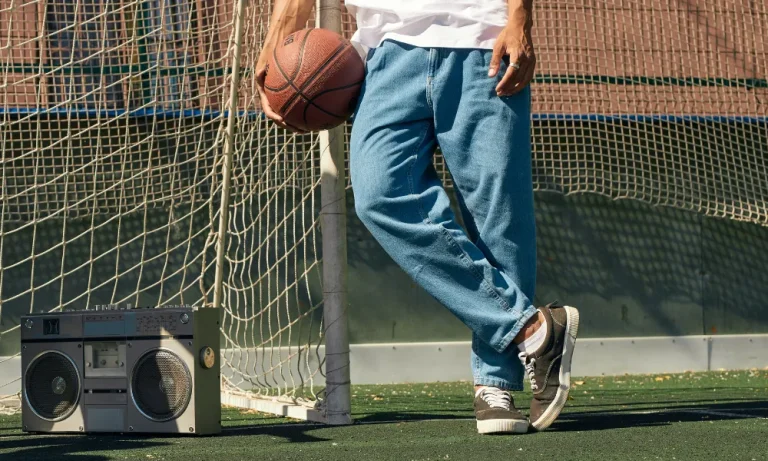How Much Air Pressure Should a Basketball Have?
When it comes to playing basketball, getting the right air pressure in your ball can make all the difference. I remember back when I first started playing, my shots were off and my dribbling felt clumsy. Little did I know that it was because of improper air pressure in my basketball! You see, having the correct amount of air inside your ball is crucial for optimal performance on the court.
Optimal Air Pressure for Indoor Basketball
Indoor basketballs are a whole different ballgame, quite literally! When it comes to playing indoors, having the right air pressure in your basketball is key to ensuring optimal performance on the court. Let’s dig deeper into why indoor basketballs require higher air pressure compared to their outdoor counterparts and explore the recommended ranges for different types of indoor balls.
Professional-level Indoor Balls:
Recommended range: These high-quality balls used in professional leagues demand a slightly firmer feel due to advanced construction techniques that enhance grip and durability.
Recreational/Amateur Indoor Balls.
Recommended range: For casual or amateur play, these balls strike a balance between responsiveness and comfort, providing an enjoyable experience without compromising too much on performance.
Optimal Air Pressure for Outdoor Basketball
Outdoor basketball brings a whole new level of excitement to the game. However, due to the rough surfaces like concrete or asphalt found in outdoor courts, it’s crucial to have the right air pressure in your basketball. In this section, we’ll explore why outdoor basketballs require lower air pressure and highlight recommended PSI ranges based on different playing conditions.
Unlike indoor courts, which offer smoother surfaces with better grip, outdoor courts present challenges such as uneven terrain and less forgiving playing areas. To compensate for these factors and provide optimal performance outdoors, basketballs require slightly lower air pressure compared to their indoor counterparts. Lowering the air pressure allows the ball to absorb more impact when bouncing off rough surfaces while maintaining control during dribbling and shooting.
General Outdoor Balls
Recommended range: These are commonly used recreational balls that cater to casual play on typical outdoor courts.
Street/Concrete-Specific Balls
Recommended range: Designed explicitly for rugged street play where players encounter even harsher surfaces like concrete or asphalt.
Recommended range: These specialized balls are constructed using durable materials capable of withstanding different weather conditions without losing shape or performance.
Impact of Incorrect Air Pressure

Having the correct air pressure in your basketball is crucial for optimal gameplay. Whether it’s overinflated or underinflated, an improperly inflated ball can negatively affect your performance on the court. Let’s explore how these two extremes can impact your game.
Overinflation
When a basketball is overinflated, it becomes harder to control and handle. The excessive air pressure reduces the grip of the ball, making it slippery and difficult to hold onto during dribbling or catching passes.
Additionally, an overinflated ball tends to bounce more forcefully off surfaces due to increased rigidity, which can disrupt shooting accuracy and timing. Moreover, this higher bounce may lead to injuries when players try to catch or block the ball unexpectedly.
Underinflation
On the other hand, playing with an underinflated basketball poses its own set of challenges. When a ball lacks sufficient air pressure, it loses its responsiveness and becomes less bouncy. This affects shooting accuracy as players struggle with inconsistent trajectories and difficulty judging distance while aiming at the hoop.
Dribbling also becomes challenging as control diminishes since the ball doesn’t react predictably against different surfaces.
Checking & Adjusting Air Pressure
To get the most out of your basketball, it’s essential to regularly check and adjust its air pressure. In this section, we’ll explore the proper techniques for checking current air pressure and provide a step-by-step guide on how to adjust it using an inflation needle or pump.
- 1. Checking Current Air Pressure: To determine if your basketball has the right amount of air, you have two options:
- Using a Gauge: A gauge is a handy tool specifically designed to measure air pressure accurately. Simply attach the gauge to the inflation valve on your ball and read the displayed PSI (pounds per square inch) measurement.
- Thumb Test: If you don’t have a gauge available, you can use the thumb test technique. Press your thumb against the ball’s surface with moderate force. If it gives in too easily or feels extremely firm, adjustments might be needed.
Frequently asked questions
1. How should I store my basketball to maintain optimal air pressure over time?
To maintain optimal air pressure, store your basketball in a cool and dry place away from extreme temperatures and direct sunlight. Avoid leaving it outdoors or in a hot car as heat can cause the air inside to expand, leading to overinflation.
2. Can I leave my basketball inflated when not in use?
It is generally recommended to slightly deflate your basketball when not in use for extended periods of time (e.g., weeks or months). This helps relieve internal stress on the ball’s materials and prevents potential issues such as loss of shape or bursting due to changes in temperature.
3. Is it okay to wash my basketball with harsh chemicals?
No, it is best to avoid using harsh chemicals when cleaning your basketball. Stick to mild soap diluted with water instead. Harsh chemicals can potentially damage the outer surface of the ball or affect its grip performance.
4. How often should I check the air pressure of my basketball?
It is advisable to check the air pressure before each session or game you play. Regularly monitoring ensures that you’re always playing with a properly inflated ball that offers optimal performance on the court
Conclusion
In conclusion, finding the right air pressure for your basketball is crucial for a great playing experience. After experimenting with different PSI ranges, I’ve discovered that it’s best to follow the recommended guidelines based on whether you’re playing indoors or outdoors.
Remember, maintaining proper inflation levels ensures optimal grip, control, and overall performance on the court.



